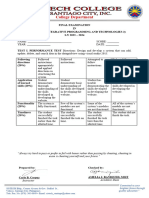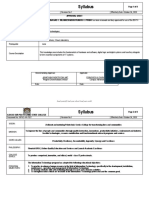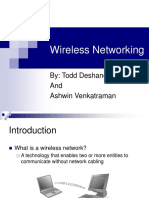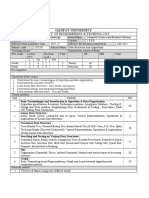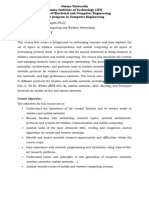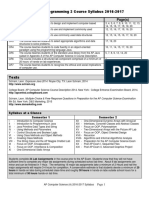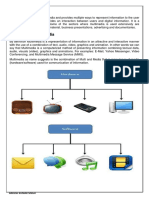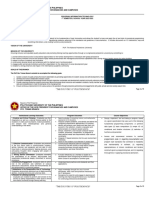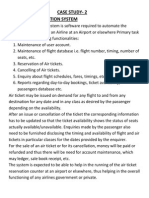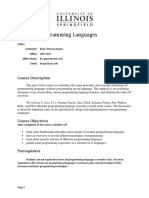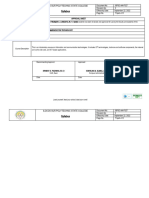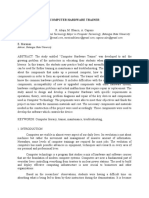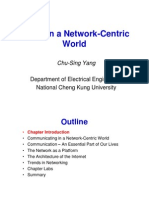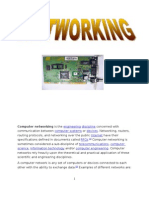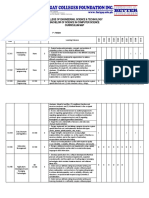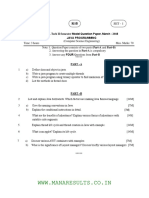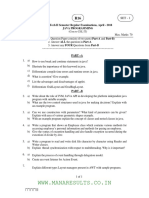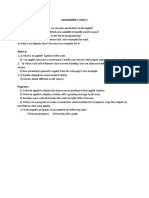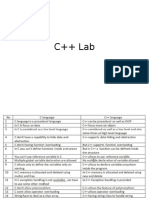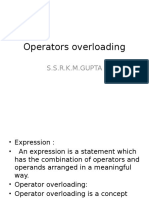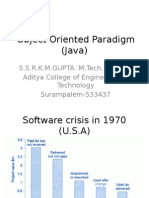0% found this document useful (0 votes)
458 views1 pageMobile Computing Syllabus
This document outlines the units of study for a Mobile Computing elective course. The five units cover: 1) introductions to mobile communications and architectures; 2) wireless medium access control; 3) the mobile network layer including mobility management; 4) transport layer protocols for mobile networks; and 5) data dissemination, synchronization, mobile ad hoc networks, and protocols/platforms for mobile devices. The course relies on two primary textbooks and two reference books on topics relating to mobile communications, computing, applications, and network architectures.
Uploaded by
Sivaramakrishna Markandeya GuptaCopyright
© © All Rights Reserved
We take content rights seriously. If you suspect this is your content, claim it here.
Available Formats
Download as DOCX, PDF, TXT or read online on Scribd
0% found this document useful (0 votes)
458 views1 pageMobile Computing Syllabus
This document outlines the units of study for a Mobile Computing elective course. The five units cover: 1) introductions to mobile communications and architectures; 2) wireless medium access control; 3) the mobile network layer including mobility management; 4) transport layer protocols for mobile networks; and 5) data dissemination, synchronization, mobile ad hoc networks, and protocols/platforms for mobile devices. The course relies on two primary textbooks and two reference books on topics relating to mobile communications, computing, applications, and network architectures.
Uploaded by
Sivaramakrishna Markandeya GuptaCopyright
© © All Rights Reserved
We take content rights seriously. If you suspect this is your content, claim it here.
Available Formats
Download as DOCX, PDF, TXT or read online on Scribd
/ 1





